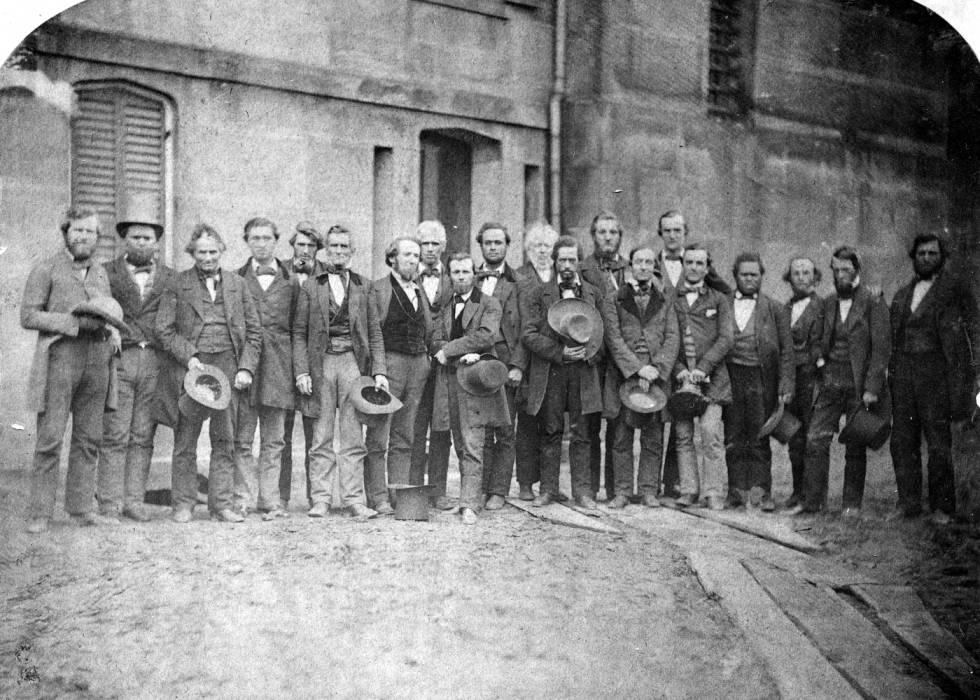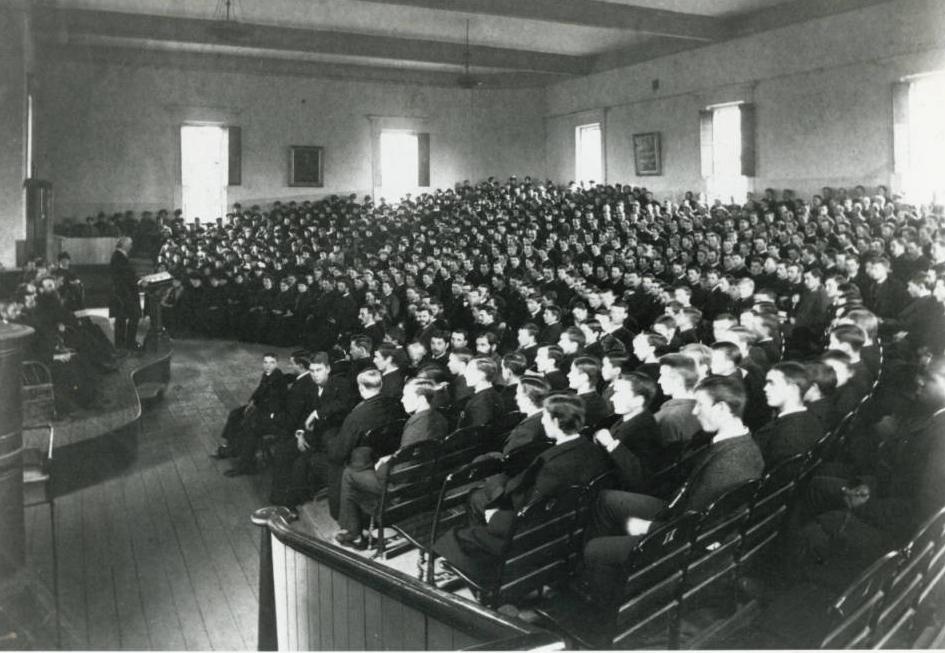“The Sin of Sending Back Fugitives from Slavery”: The Oberlin-Wellington Rescue of 1858

September 13, 1858, marked the start of a drama that played out in and around the northern Ohio town of Oberlin, in what is known today as the Oberlin-Wellington Rescue.
On this date, John Price, a 17 year old fugitive slave from Kentucky who was living in the town, was captured by slave catchers and federal marshals under the authority of the Fugitive Slave Law of 1850. The federal agents understood that conflict was likely with local residents in the abolitionist community of Oberlin, where activists vehemently opposed the Slave Act and were active on the Underground Railroad. To avoid local abolitionists, Price was taken to Wellington, a neighboring town due south, where his captors intended to board a train to return Price to Kentucky. Word quickly spread among Oberlin’s abolitionist community, and a group hurried to Wellington where they met with like-minded citizens outside the hotel where Price was being held.
While a crowd of activists swelled near the hotel’s entrance, legal attempts were made to secure Price’s release from his captors. The group grew increasingly adamant in their calls for his release, and when word came that negotiations had not succeeded, they stormed the building and hurried Price back to Oberlin by buggy. Before being taken north to Canada, Price was temporarily hidden in the home of future Oberlin College President James Fairchild.


The Oberlin-Wellington rescue is also notable for the highly-publicized legal events that followed, during which 37 of those men involved with Price’s rescue were indicted by a federal grand jury for their involvement. Ohio authorities, in response to the arrests of the activists, arrested those individuals involved in Price’s capture and detention. Negotiations between state and federal officials led to release of all those involved, excepting two of those indicted who went to trial. Simeon Bushnell, a white man, and Charles Langston, an African American, were found guilty in federal court in April 1859, with Bushnell receiving a 60-day sentence and Langston a reduced sentence of 20 days.
The men’s trials and subsequent imprisonment inflamed public sentiment related to abolition and the unconstitutionality of the Fugitive Slave Act. This series of events is widely-regarded as a clear illustration of how divided the state (and country) had become over the issue of slavery, and was a key moment as the nation moved toward eventual Civil War. Extensive additional information about the rescue, the trials and the responses of the public are available through the Oberlin College Archives, including primary sources like Charles Langston’s remarkable speech in court, and the 1859 Oberlin Evangelist article from which this post’s title was drawn. We hope you’ll visit Ohio Memory for additional resources, and learn more about this important event in Ohio’s history that characterized a critical period for our nation.
Thanks to Lily Birkhimer, Digital Projects Coordinator at the Ohio History Connection, for this week’s post!



Leave a Reply
You must be logged in to post a comment.